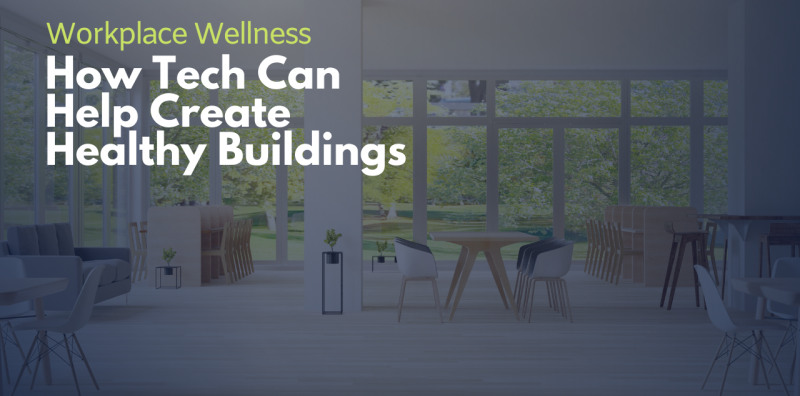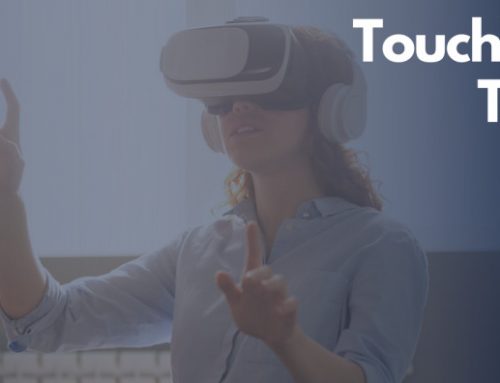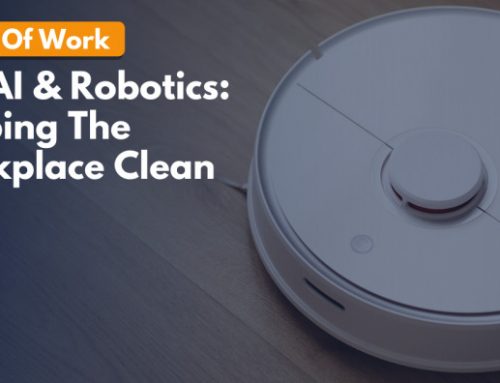- According to the WHO, a healthy building is a space that supports our physical, psychological, and social health and wellbeing.
- Healthy buildings are good for people and they are good for business, as they can help organizations reduce costs and improve company performance.
- With the help of smart technology and design, healthy buildings can enable a safe return to the workplace.
Source – https://allwork.space/2020/07/how-technology-can-help-create-healthy-buildings/
The big question many organizations face today is how can workers safely return to the office? While new guidelines and protocols are a key component of a safe return to the workplace, an element that is front and center in these strategies is a healthy building.
A recent webinar from MIT and EY discussed what healthy buildings are, the role they can play in combating coronavirus and other diseases, and some of the key design and technology features that can power these types of buildings.
The panel of speakers included Selina Short, EY Global Real Estate; Dr Andrea Chegut, Director MIT Real Estate Innovation Lab; Erik Umlauf, Managing Director JP Morgan Chase & Co; Michael Norton, Head of Real Estate Operations JP Morgan Chase & Co; and Elizabeth Brink, Principal at Gensler.
From the get-go, panelists stated that the coronavirus pandemic will have a tremendous impact on our buildings and the future of work.
To this end, panelists unpicked the features of healthy buildings and the role that automation can play in powering healthy buildings.
What are healthy buildings?
The World Health Organization defines healthy buildings as:
“A healthy building is a space that supports the physical, psychological, and social health and well-being of people.”
Research has found that healthy buildings offer a variety of benefits and can help alleviate several issues.
- Indoor health: the average American spends upwards of 87% of their time in enclosed buildings.
- Productivity: there is a correlation between lower ventilation rates and higher instances of short-term sick leave.
- Chronic disease: by 2030, a projected 52 million people will die due to chronic diseases caused by poor lifestyle.
- Air pollution gains: $25 to $150 billion estimate in annual savings and productivity gains from improved indoor environments.
In other words, healthy buildings not only improve the overall health and well-being of the end user, but they can also help organizations reduce costs and improve company performance. Healthy buildings are good for people and they are good for business.
9 key design features of healthy buildings
- Ergonomic furnishing
- Natural daylight
- Operable shading
- Natural views
- Green purchasing policies
- No asbestos
- Fitness rooms
- Indoor air quality
- No smoking policy
How design can impact healthy buildings
Careful workplace design can help create healthy buildings in various ways.
Organizations will need to redesign their spaces with density in mind. They can set aside floor areas as experimental rooms where individuals can learn new behaviors; these rooms allow them to simulate interactions and test how people will respond to these changes.
Another important component of design moving forward will be how indoor environments can have access to outside air flow. According to panelists, fresh, clean air can help maintain healthier environments and it can help dilute the human-to-human passage of air-borne elements.
Last but not least, design will play a key role in the creation of a touchless workplace; this can be achieved by using smart materials and implementing new technologies.
6 key technologies that can help create and maintain healthy buildings
- Robots. Experts expect demand rises for robotics applications that can detect, sanitize, clean, and conduct deliveries in public spaces such as office buildings.
- IoT sensors. Building managers can implement IoT strategies to enhance sanitation and health-related monitoring procedures in public spaces. Some use cases include the use of sensors to perform infrared scans, pinpoint crisis locations, and send alerts.
- Big data. Just as there will be an increased demand for robotics, there will be a rise in demand for enhanced analytics that enable organizations to track and monitor high risk public incidents. Big data also provides companies with perfect opportunities to perform modeling studies that can help guide policymakers and building construction.
- AI and algorithms. In addition to enhancing detection and diagnosis of COVID-19, AI and deep learning can be used to further understand how users move through environments and iterate on more efficient layouts.
- Wearable trackables. Office-sponsored wearable trackables coupled with algorithms will allow daily symptom tracking like overall body temperature, respiratory rate, and heart rate, which can help organizations better understand early warning signs of infections and identify potential virus carriers.
- Digital twin. A Digital twin can show us in real-time how users can securely and meaningfully interact with each other and, in doing so, create secure, scalable, and adoptable digital ecosystems.







